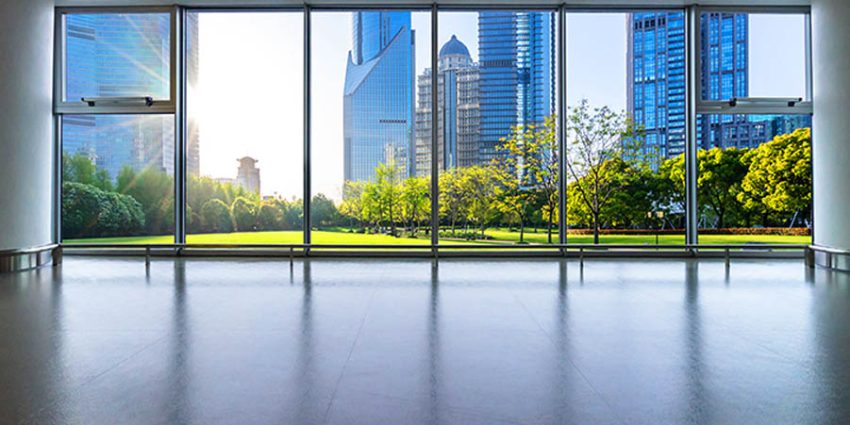A clean floor isn’t just about appearances. In commercial buildings, it’s a legal safeguard, a risk reducer, and a silent protector of employees, customers, and visitors. One wet spot, one unnoticed crack, or one overlooked buildup of grime can turn into a lawsuit waiting to happen.
Slip-and-fall incidents don’t just cause injuries—they cost businesses millions in settlements, insurance claims, and lost productivity. The best defense? Proactive, consistent floor maintenance.
Slip-and-Fall Risks Lurk in the Smallest Details
Floors can become hazardous in an instant. A spilled drink, tracked-in rainwater, loose tiles, or a worn-down carpet edge—all it takes is one misstep. In high-traffic commercial buildings, where people are constantly moving, the chances of an accident multiply.
Common culprits behind slip hazards include:
- Wet or greasy floors from spills, leaks, or improper cleaning methods.
- Uneven surfaces caused by cracked tiles, lifted floorboards, or deteriorating grout.
- Worn-out mats and carpets that create unexpected trip points.
- Buildup of dust, wax, or soap residue that reduces traction.
Ignoring these risks doesn’t just lead to accidents—it opens the door to liability claims that could cripple a business financially.
Regular Maintenance Keeps Floors Safe and Compliant
A well-maintained floor isn’t just cleaner—it’s safer and legally defensible. Many businesses face lawsuits because they fail to show they took reasonable steps to prevent an accident. A documented floor maintenance plan proves diligence and reduces liability risks.
To keep floors safe:
- Implement a consistent cleaning schedule. Routine sweeping, mopping, and buffing prevent grime buildup and maintain traction.
- Use the right cleaning products. Harsh chemicals can strip floors of their slip-resistant coatings, making them more hazardous.
- Repair flooring issues immediately. Cracks, loose tiles, or damaged carpets should be fixed before they cause an injury.
- Place non-slip mats in high-risk areas. Entryways, kitchens, and bathrooms are prime spots for slip hazards—proper matting reduces the risk.
Proper maintenance isn’t an expense—it’s a liability shield.
Seasonal Challenges Demand Extra Precautions
Different seasons bring different floor safety challenges. Rain, snow, and ice create water-tracking issues. Dry summers bring dust buildup that reduces traction. High humidity can warp floors and create uneven surfaces. Ignoring seasonal risks leaves businesses vulnerable.
Preventative measures include:
- Installing absorbent mats at entrances to prevent water and dirt from spreading.
- Adjusting cleaning frequency based on foot traffic—more cleaning during wet seasons, strategic maintenance during dry months.
- Using caution signage in areas prone to moisture buildup.
Floor safety isn’t just about daily upkeep—it’s about staying ahead of seasonal hazards before they become liabilities.
Well-Maintained Floors Mean Fewer Lawsuits, More Trust
A slip-and-fall accident isn’t just an inconvenience—it can mean legal battles, reputation damage, and financial loss. Proper floor maintenance does more than reduce accidents; it shows a commitment to safety, professionalism, and responsibility.
Businesses that take floor safety seriously don’t just avoid lawsuits—they create environments where employees and visitors feel secure. And in the long run, that’s worth far more than the cost of maintenance.

